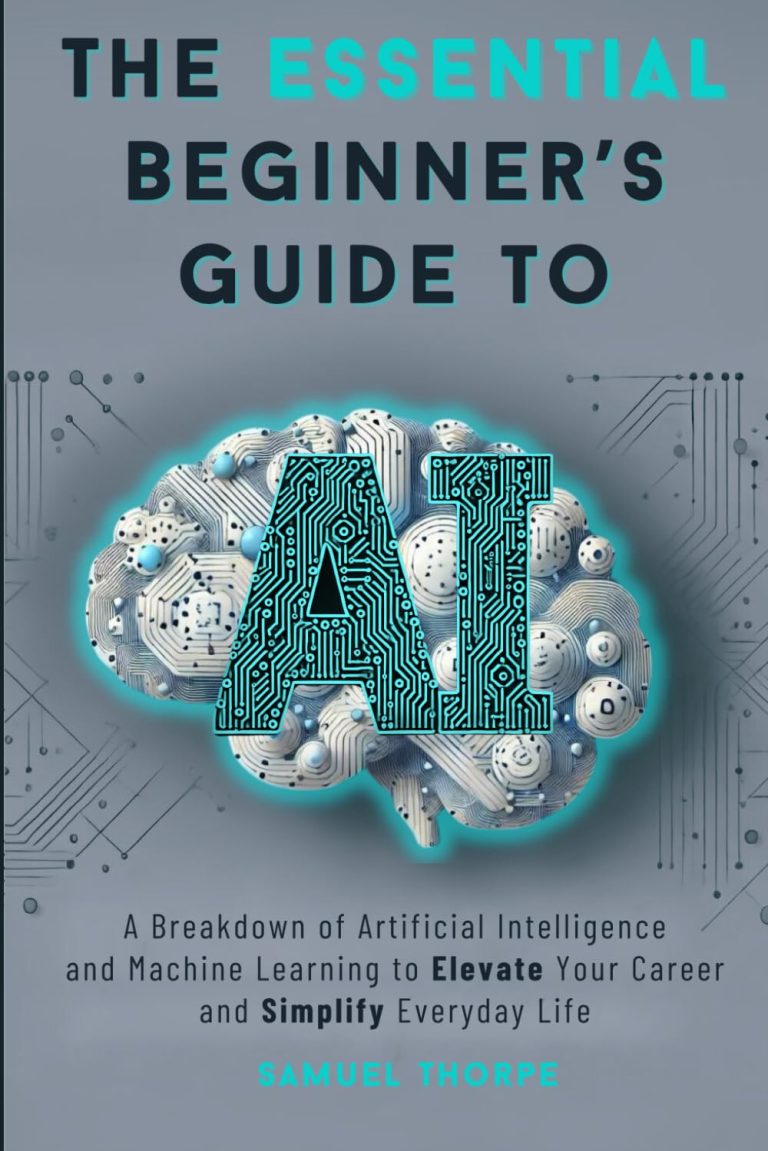
Now loading...
Integrating large language models into apps has revolutionized software development, but for those targeting Apple’s ecosystem, the process often feels like an uphill battle marked by unnecessary hurdles.
App creators typically juggle a mix of strategies to harness AI: running models locally with tools like Core ML or MLX for better privacy and offline access, tapping into cloud services from companies such as OpenAI or Anthropic for cutting-edge performance, and falling back on Apple’s own Foundation Models as a built-in option. Yet each approach demands its own set of APIs, setup steps, and coding patterns, creating a tangled web that slows progress and frustrates teams.
In conversations with developers crafting AI-enhanced applications, the struggle with model integration surfaces right away. One builder shared a particularly exasperated take: they expected a simple test using a demo would lead to a fast prototype, but ended up burning hours on compatibility issues that nearly broke their focus.
This steep learning curve and time investment make it tough for developers to explore whether open-source models running on-device could suffice for their needs, potentially limiting innovation in privacy-focused or low-latency apps.
To tackle this, a new tool called AnyLanguageModel has just been unveiled. It is a Swift package designed as a seamless substitute for Apple’s Foundation Models framework, enabling support across various model sources without overhauling existing code.
The aim is straightforward: streamline the use of large language models on Apple devices, particularly by simplifying the shift to open-source options that operate entirely locally.
At its heart, the package lets developers make a single tweak to their import line while retaining the familiar interface. For instance, beginning with Apple’s default system model might involve creating a session and sending a prompt like requesting a one-sentence explanation of quantum computing, then displaying the output.
Switching to a local open-source alternative through MLX requires just specifying a model identifier, such as a quantized version from the community, and using the identical session and response flow to get the same explanatory text.
AnyLanguageModel accommodates several backends: Apple’s native Foundation Models for compatible macOS and iOS versions, Core ML for accelerated on-device runs, MLX for efficient handling on Apple Silicon chips, llama.cpp for GGUF-format models, Ollama for HTTP-served local instances, plus cloud options from OpenAI, Anthropic, and Google Gemini. It also taps into Hugging Face’s vast array of inference services for hundreds of cloud-hosted models.
Emphasis lies on downloading and running models from the Hugging Face Hub, with cloud integrations serving as an easy entry point or backup plan. The philosophy: get functionality up and running first, then refine for optimal local performance.
Choosing Apple’s Foundation Models framework as the foundation might raise eyebrows, but the decision stems from its solid design, which smartly employs Swift’s modern features for intuitive coding around sessions, tools, and output generation. Its scoped capabilities act as a reliable baseline, ensuring compatibility without overwhelming complexity, and it aligns with the API every Apple-focused Swift coder will eventually use.
By sticking close to this structure, transitions between providers demand few alterations, maintaining simpler and reliable core elements.
A common pitfall in libraries supporting multiple systems is pulling in excess code that bloats projects. If a developer only needs MLX support, why include the full weight of llama.cpp? AnyLanguageModel addresses this using Swift’s package traits, allowing selective inclusion of backends like CoreML, MLX, or Llama during dependency setup.
Out of the box, it sticks to lightweight essentials plus cloud access via basic networking, keeping things lean. For Xcode users, where traits aren’t yet directly supported, the project’s documentation outlines workarounds like creating a custom sub-package.
One area where the package pushes boundaries is handling images, crucial for vision-language models that can interpret visuals, pull text from images, or analyze diagrams. Apple’s current framework lacks prompt attachments for images, though future updates may change that. To bridge the gap without delay, AnyLanguageModel adds this capability now.
An example might involve setting up an Anthropic model with an API key, then querying it about an image’s contents by pairing a text prompt with a file path URL in the response call.
This forward-looking extension carries some risk of clashing with Apple’s later additions, but it prioritizes utility for developers building with multimodal AI today, relying on deprecation tools to smooth eventual alignments.
To experience it hands-on, developers can explore the accompanying chat-ui-swift demo, a SwiftUI-based chat app showcasing the library in a practical setting. It incorporates Apple Intelligence where available, Hugging Face authentication for restricted models, real-time streaming replies, and conversation saving features, serving as a customizable template for experimentation.
Still in its early stages before a full 1.0 release, AnyLanguageModel has a stable core but plans to expand with full parity to Foundation Models across adapters, including tool invocation for all providers, integration with Apple’s model control protocols, structured output guidance, and tweaks for faster local processing.
This effort lays groundwork for more advanced AI applications on Apple platforms, like agent systems that interact with tools and resources to handle intricate workflows, with further details to come.
The creators encourage community input: test the package in real projects, report on what clicks or clunks in AI integration, file issues for improvements or fixes, and submit pull requests to shape its evolution.
As AI tools proliferate, initiatives like AnyLanguageModel could make Apple’s development landscape more approachable, empowering builders to experiment freely and deploy robust, on-device intelligence.
